소개
Whether it is a bustling commercial center or a quiet indoor space, they attract our attention with their unique charm.
But have you ever thought about the differences between indoor and 야외 LED 디스플레이? This article will unveil this mystery for you.
목차
Difference 1: Difference in the installation environment of LED displays
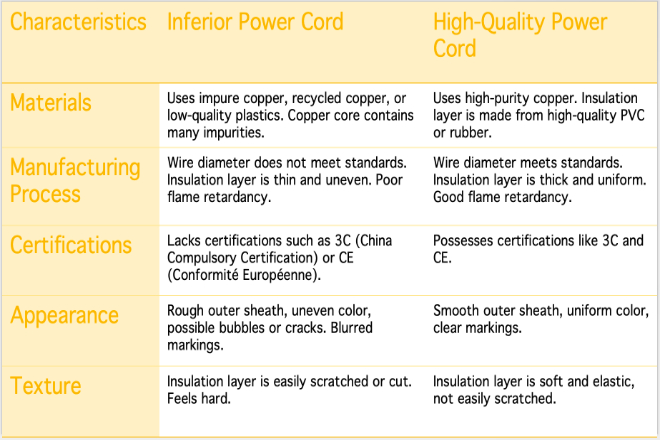
1). Brightness requirements
The indoor ambient light is relatively soft, not as glaring as the direct sunlight outside, so the 실내 LED 디스플레이 screen does not need to be too bright, generally 300-800 nits is enough.
For example, in a shopping mall, conference room, or classroom, this brightness allows everyone to see clearly without hurting the eyes.
It is different outdoors, especially when the sun is directly shining during the day, the light is particularly strong.
If the display screen is not bright enough, you can’t see the content on it clearly.
따라서, 명도 of outdoor LED displays is much higher, usually reaching 5000-10000 nits or even higher.
Like the advertising screen on the side of the road, only when the brightness is high enough can passers-by see the advertising content clearly.
2). Viewing angle requirements
Indoor display screens are mainly for people who are close to them, and the audience may watch from different angles.
For example, in an 전시회 hall, people may turn around the display screen.
Therefore, the viewing angle of indoor display screens should be wider, so that no matter which direction you look at it from, you can see a clear picture.
Outdoor display screens are mainly for people far away to see the content, such as in a square or on the roadside.
Because the distance is relatively far, the 시야각 does not need to be too wide, as long as it can be seen from the front and a slightly offset angle.
This can also make the picture clearer and will not be blurred due to a wide viewing angle.
3). Other environmental factors
- 실내:
The indoor environment is relatively clean, with less dust and water.
However, in order to prevent accidents (such as accidental water spillage or dust accumulation), indoor display screens will also have some waterproof and dustproof designs, but the requirements are not so high.
Generally, it can prevent dust and splashing water.
- 집 밖의:
Outdoor is much more complicated, and you may encounter rain, wind, and dust flying all over the sky.
Therefore, outdoor display screens must have strong waterproof and dustproof capabilities, otherwise they are easy to break.
For example, at the seaside or in places with strong winds and sand, waterproof and dustproof capabilities are even more important.
- 실내:
The indoor temperature is relatively stable, and there are usually air conditioners or heaters.
So the display screen does not need to worry too much about temperature issues as long as it can adapt to normal room temperature.
- 집 밖의:
The temperature outdoors varies greatly; it may be very cold in winter and very hot in summer.
Therefore, outdoor display screens must be able to withstand such temperature changes. Otherwise, it is easy to have problems.
In short, the indoor and outdoor environments are very different, so the design of LED display screens must also be adjusted according to these differences, so as to ensure that they can work normally in their respective environments.
Difference 2: Content characteristics of LED display screens
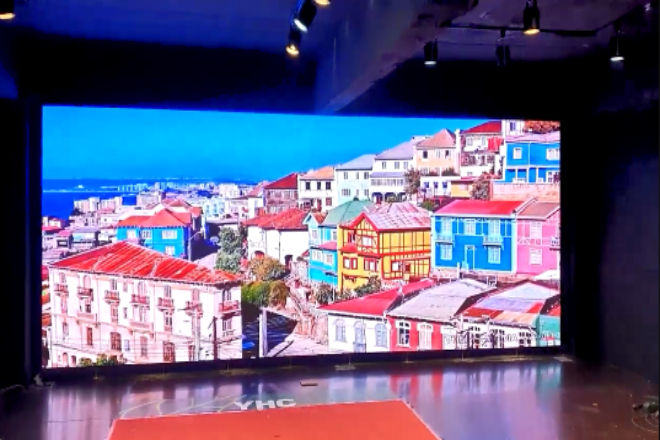
1). Content of indoor display screens
The application scenarios of indoor display screens are too wide, not only in companies but also in 쇼핑몰.
For example, brand stores in shopping malls often use LED screens to display new products or play attractive videos during promotional activities.
There are also exhibition halls, where artworks or high-tech products are displayed, and LED screens are also used to introduce the background of the work or the function of the product.
1.1). Content features:
- Very rich:
Indoor display screens have everything, including text, pictures, videos, and even interactive content.
For example, in a shopping mall, you may see a screen showing high-definition pictures of new bags, with text next to it describing its material and price.
Or, in a showroom, you may see a screen playing a video introducing the product, allowing you to understand it more intuitively.
- Color and details are important:
Because the audience is close, the color reproduction and details must be good.
Imagine that if the pictures of jewelry are displayed in a shopping mall, the color is not accurate, or the details are blurred, then customers will definitely not be interested.
Therefore, the content of indoor display screens must be colorful and detailed to attract people.
- Large and accurate information:
In many cases, indoor display screens need to convey a lot of detailed information.
For example, in a classroom, a teacher may use a screen to display some complex charts or text materials.
In a shopping mall, a brand store will display the detailed parameters of the product so that customers can see it at a glance.
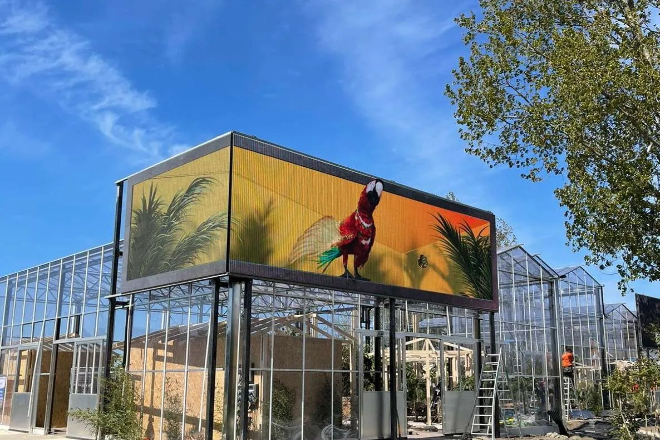
2). Content of outdoor display screens
Outdoor display screens are even more different. Think about it: those advertising screens on the roadside or the super-large display screens in the square, their main task is to attract the attention of passers-by.
Therefore, you have to work hard on the content design.
2.1). Content features:
- Large characters and dynamic images:
The content of outdoor display screens is usually large text or dynamic images. Because the audience is far away, the small characters can’t be seen clearly.
For example, when you walk on the street, you see an advertising screen with large characters such as “New Products” and “Limited Time Offers” scrolling.
Or a dynamic video advertisement showing the use scenario of the product, so that people can notice it at a glance.
- High-contrast images:
The outdoor environment has complex light, especially when the sun is directly shining during the day; the content on the screen is easily “drowned.”
Therefore, the content contrast of outdoor display screens must be high, such as using a very dark background with very bright text, or using bright colors to attract people.
Eye-catching is the key:
The most important goal of outdoor display screens is to make people stop. Therefore, the content design will use very exaggerated picture effects or very bright colors.
For example, you may see a huge hamburger spinning or a super cool car speeding on an advertising screen, and these images are very attractive.
Difference 3: Difference in color performance of LED display screens
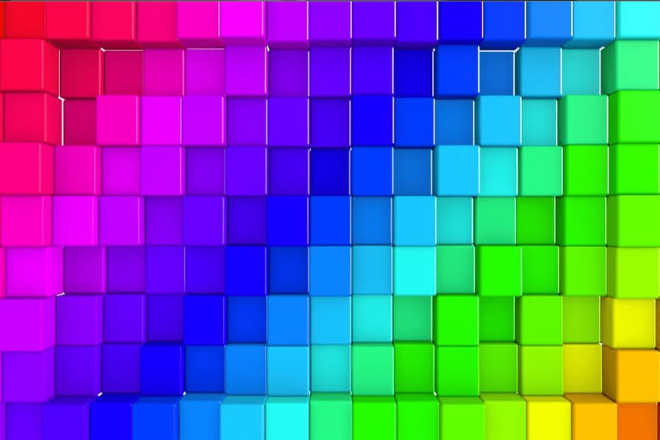
1). Color performance of indoor display screens
Indoor display screens are mostly used in environments with relatively soft light, such as s쇼핑몰을 돌아다니다, 전시회 halls, and conference rooms.
Because the light is not glaring, the display screen does not need to be particularly bright, and a lower brightness can make the colors look more delicate.
1.1). Delicate colors:
At low brightness, the color performance of indoor display screens is particularly good, and can show a very rich color level.
For example, when displaying cosmetics in a shopping mall, the lipstick color on the screen can be accurately restored, and the transition from light pink to dark red is also very natural.
1.2). High color reproduction:
This display screen is suitable for displaying things that require details, such as exquisite pictures, works of art, or high-definition pictures of products.
For example, when displaying a painting in an exhibition hall, the color on the screen is almost exactly the same as the original painting, and even the shadows and highlights in the painting can be well displayed.
2). Color performance of outdoor displays
Outdoor displays are completely different. They are mostly used in places such as roadsides and squares, where the sun shines directly during the day, and the light is particularly strong.
In order for people to see the content clearly in this environment, the display must be very bright. When the 명도 is high, the color performance will also be different.
2.1). Higher color saturation and contrast:
In order to make the content visible even in strong light, the color saturation and contrast of outdoor displays will be adjusted very high.
For example, the blue on the screen will appear particularly blue, the red will appear particularly red, and the black-and-white contrast will be very strong.
In this way, the picture can be very eye-catching, even in the sun.
2.2). Some color details may be sacrificed:
Although the colors look bright, some subtle color levels may be “covered” because of the high brightness.
For example, when showing a landscape painting, the sky in the picture may look like a very bright blue, rather than the natural blue with varying shades.
However, this sacrifice is to ensure that the picture is still clearly visible in strong light and can be noticed at a glance.
Difference 4: Resolution requirements of LED display screens
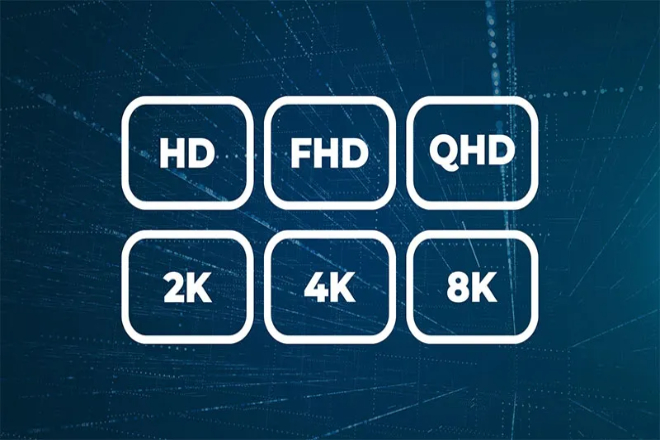
1). 해결 requirements of indoor display screens
Indoor display screens are used in places such as shopping malls, exhibition halls, and conference rooms.
The audience is very close to the screen, which may be only two or three meters or even closer.
In this case, if the screen resolution is not high enough, the audience can easily see the graininess of the picture, just like looking at a blurry photo.
1.1). High pixel density:
In order to make the picture look clear and delicate, indoor display screens usually use screens with higher pixel density.
For example, P1.5 or P2 screens, these screens have very dense pixels, and the picture looks very smooth, without the feeling of “mosaic”.
1.2). Suitable for close viewing:
For example, when displaying high-definition pictures of new products in shopping malls or playing PPTs in conference rooms, the audience is very close to the screen.
The high-resolution screen allows them to see every detail clearly, and the text will not be blurred.
2). Resolution requirements of outdoor display screens
Outdoor display screens are different. The audience is far away from the screen, which may be more than ten meters, dozens of meters, or even farther.
In this case, the screen does not need a resolution that is too high because the audience can’t see the subtle differences at all.
2.1). Larger screen size:
Although the resolution requirement is not that high, the outdoor display screen needs a larger screen size so that people far away can also see the content clearly.
For example, the advertising screen on the side of the road has a large screen, and the text and pictures on it are also very eye-catching.
2.2). Commonly used specifications such as P5 and P10:
The pixel pitch of these screens is relatively large. For example, the pixel pitch of the P5 screen is 5 mm, and the pixel pitch of the P10 screen is 10 mm.
Although it doesn’t look so delicate because the audience is far away, it does not affect the viewing effect at all.
Difference 5: Protection level and durability of LED display screens
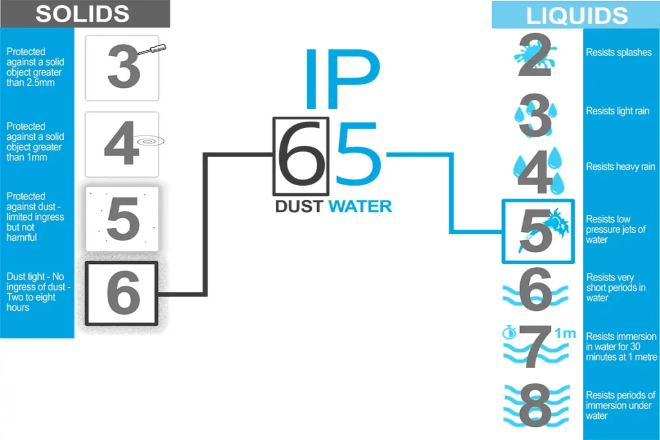
1). Protection requirements for indoor display screens
Indoor display screens are generally used in places such as shopping malls, offices, and classrooms.
The environment is relatively “gentle” and not as complicated as the outdoors. However, although the environment is good, there are still some things to pay attention to:
- Dustproof:
There will be dust indoors, especially in places like shopping malls or exhibition halls where people come and go. Over time, dust will accumulate on the screen and affect the picture effect.
- Anti-static:
Static electricity is also annoying, especially in dry seasons, static electricity may absorb dust and even damage the electronic components of the screen.
- 보호 수준:
Generally speaking, the protection level of indoor display screens is between IP20 and IP30. This level can prevent dust and block static electricity, which is basically enough.
2). Protection requirements for outdoor display screens
Outdoor display screens are completely different! They have to face all kinds of bad weather and environments and can be said to be “wind and rain-proof”:
- Waterproof:
The most feared thing outdoors is rainy days. If the screen is not waterproof, heavy rain can make it “scrapped.”
따라서 실외 디스플레이 화면은 방수 기능이 있어야 하며 가벼운 비나 폭우에 관계없이 정상적으로 작동할 수 있어야 합니다.
- Dustproof:
실외, 특히 바람이 강하고 모래가 많은 곳에서는 먼지가 많습니다. 먼지가 화면의 방열 구멍을 막아 화면 수명에 영향을 줄 수 있습니다.
- 자외선 차단:
태양의 자외선은 매우 강합니다. 장시간 노출되면 화면이 노화되고, 색이 바래고, 심지어 화면 표면이 손상될 수도 있습니다.
- 번개 보호:
옥외용 디스플레이 화면은 일반적으로 키가 크고 크기 때문에 비오는 날에는 낙뢰에 쉽게 노출됩니다. 따라서 낙뢰 보호 조치 또한 매우 중요합니다. 그렇지 않으면 낙뢰로 인해 화면이 "긁힐" 수 있습니다.
- 보호 수준:
매우 혹독한 환경을 견뎌야 하기 때문에 실외 디스플레이 화면의 보호 수준은 일반적으로 IP65 이상입니다.
이 수준은 화면이 방수, 방진 기능을 갖췄을 뿐만 아니라 자외선과 낙뢰에도 강해 '완벽하게 무장'됐다고 할 수 있습니다.
차이점 6: LED 디스플레이 화면의 에너지 소비 및 방열
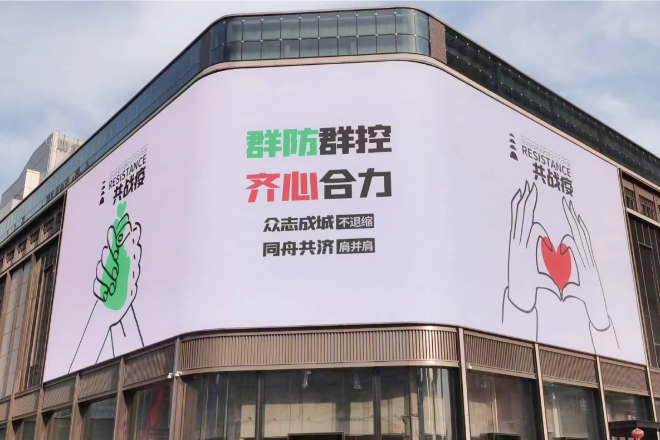
1) 실내 디스플레이 화면의 에너지 소비 및 방열
실내 디스플레이 화면을 사용하는 환경은 비교적 편안하고 밝기도 그다지 높을 필요가 없으므로 에너지 소모량이 매우 적습니다.
- 낮은 에너지 소비:
밝기가 낮고, 전력도 당연히 작으며, 전력 소모도 크지 않습니다.
예를 들어, P2의 실내 디스플레이 화면은 수백 와트의 전력을 가지고 있어 전기 사용에 큰 걱정이 없습니다.
- 낮은 방열 요구 사항:
전력이 작고, 발생되는 열도 적으며, 방열 요구 사항도 높지 않습니다.
일반적으로 자연 방열이나 소형 팬 설치로 해결할 수 있습니다. 간단하고, 걱정 없고, 소음도 없습니다.
2) 옥외 디스플레이 화면의 에너지 소비 및 방열
실외 디스플레이 화면은 다릅니다. 햇빛과 "싸워야" 하기 때문에 밝기가 높아야 하고, 따라서 에너지 소비량이 매우 높습니다.
- 높은 에너지 소비:
높은 밝기는 높은 전력을 의미합니다. 예를 들어, P5 실외 디스플레이 화면은 수 킬로와트의 전력을 소모할 수 있으며, 이는 엄청난 양의 전력을 소비합니다.
화면이 클수록 전력 소모량도 커지고 전기도 더 많이 소모됩니다.
- 효율적인 방열의 필요성:
고출력은 더 많은 열을 발생시킵니다. 열이 제때 방출되지 않으면 화면에 "발열"이 발생하거나 심지어 타버릴 수 있습니다. 따라서 실외용 디스플레이 화면에는 효율적인 방열 시스템이 필수적입니다.
예를 들어, 큰 선풍기를 사용하여 공기를 불어서 열을 발산시키거나, 자동차의 수냉식 시스템처럼 수냉식을 사용하여 열을 발산시켜 열을 제거합니다.
복잡하기는 하지만 이를 통해 고온에서도 화면이 안정적으로 작동하도록 할 수 있습니다.
7. 결론
위의 비교를 통해 실내 및 실외 LED 디스플레이 화면 사이에 밝기, 시야각, 콘텐츠 디자인, 색상 성능, 해상도, 보호 수준, 에너지 소비 및 방열 측면에서 상당한 차이가 있음을 명확히 알 수 있습니다.
이러한 차이점은 사용 환경에 따라 신중하게 조정한 결과입니다.
마지막으로 LED 디스플레이에 대해 더 알고 싶으시다면, 저희에게 연락주세요.
